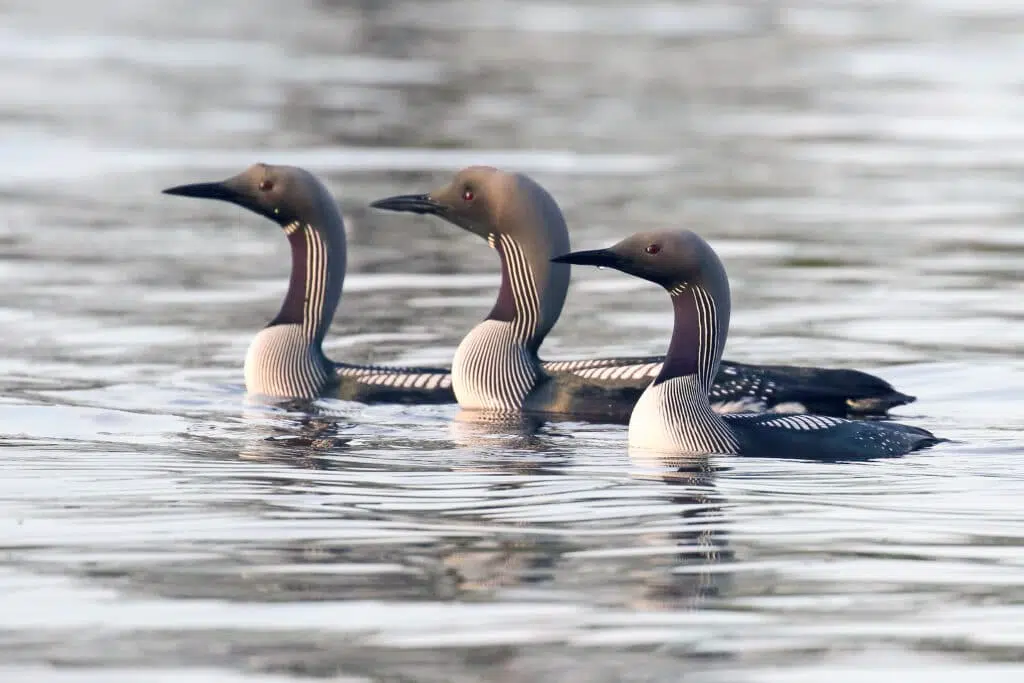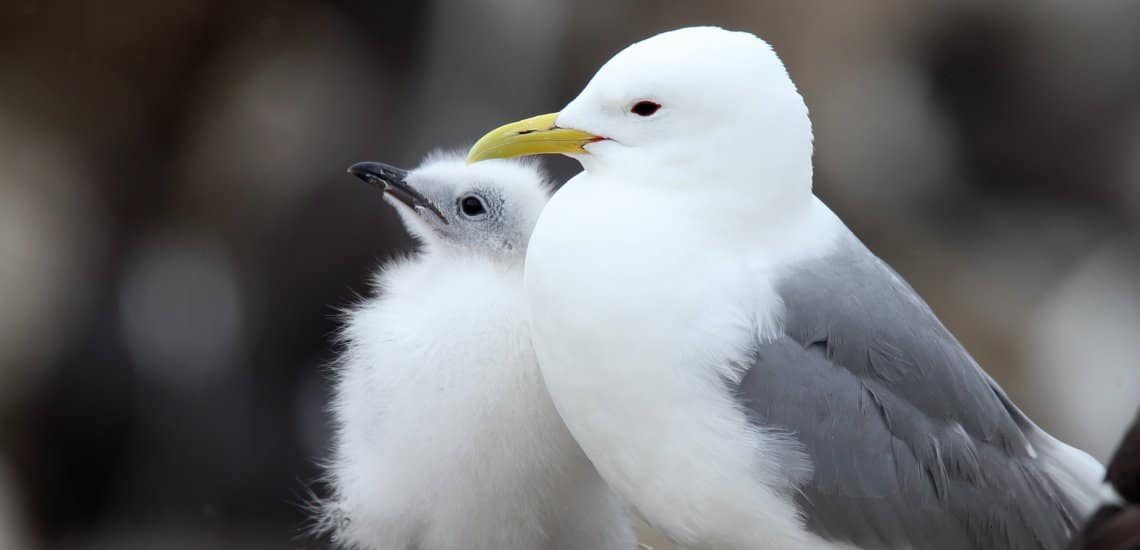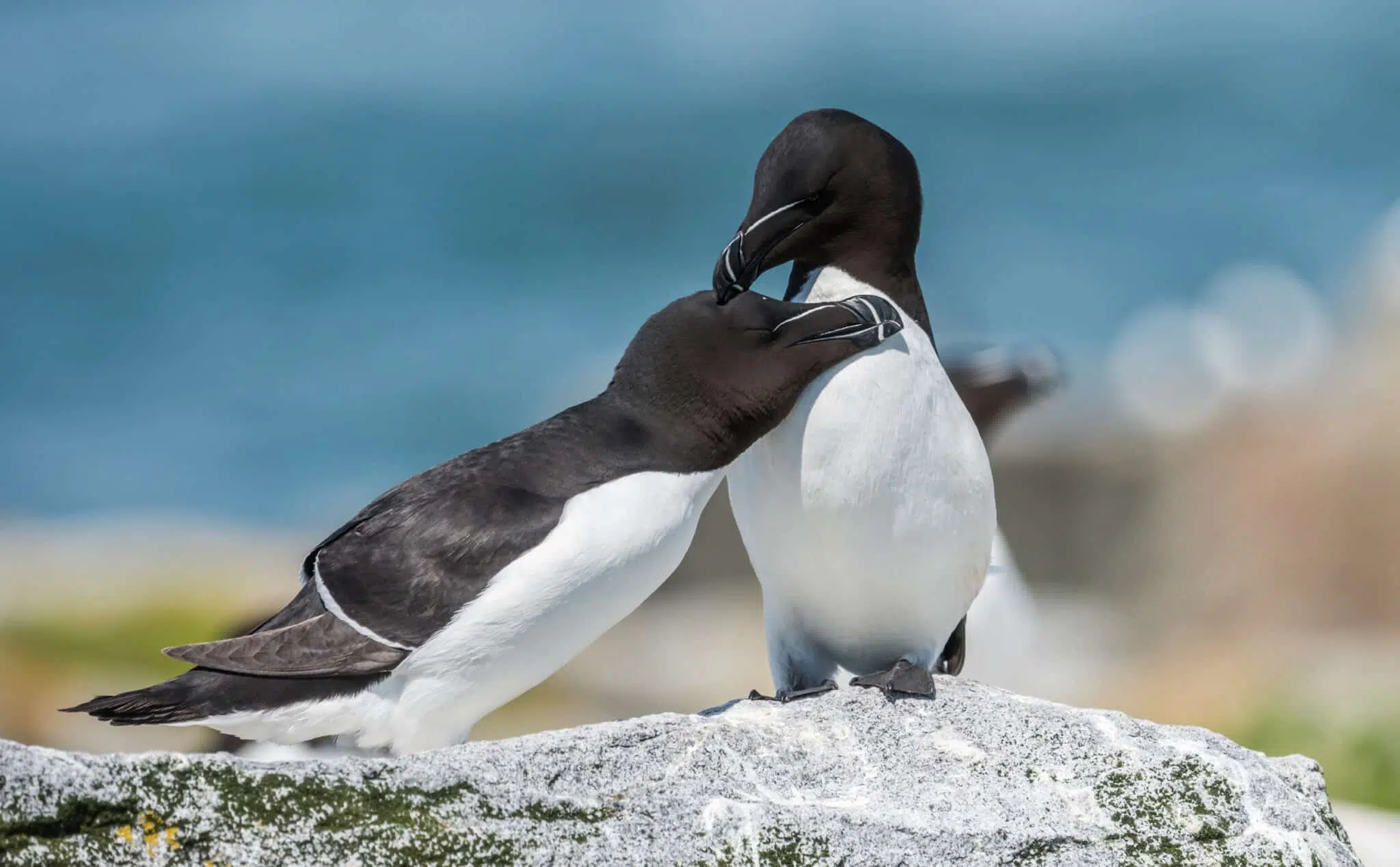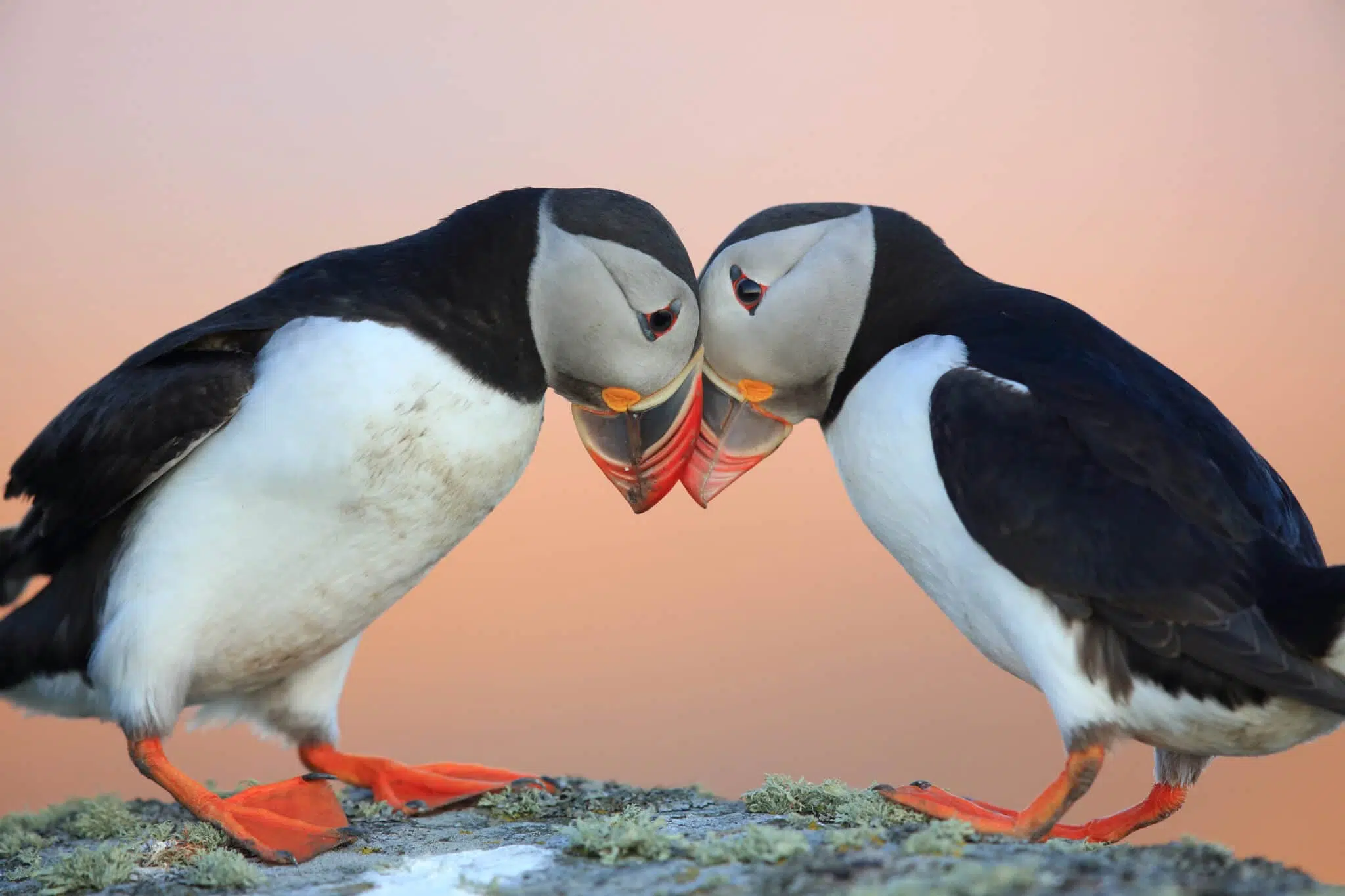Seabird of the month: Arctic Loon/Black-throated Diver (Gavia arctica)

In breeding plumage, the adult of the European subspecies has a black upper part with some white squares. The head and hindneck are grey, and the sides have white and black stripes. Most of the throat is black, giving this bird the name "black-throated loon".
by Antonio Vulcano
IUCN status: Least Concern (LC)
Global population: 275,000-1,500,000 individuals
Description:
Wingspan: 100 – 130 cm
Life span: Although there is little information available about the life span of these seabirds, it is believed to reach 20 years of age. The oldest ever recorded Arctic Loon was 28 years old.
Distinct features: In breeding plumage, the adult of the European subspecies has a black upper part with some white squares. The head and hindneck are grey, and the sides have white and black stripes. Most of the throat is black, giving this bird the name “black-throated loon”. The underpart is mostly white, including the bottom of the throat. When it is not breeding, the black patch on the throat is replaced with a white patch. You can also recognise them by their straight, dagger-like bill.
The call of the male Arctic Loon, a rhythmic, whistling, song is hard to mistake, especially during breeding period when it gets very loud.
Main prey: Loons forage by diving from the surface and swimming underwater. They often swim along the surface with their heads partly submerged, peering about underwater, watching for prey before they dive. During the wintering period, when they spend more time at sea, they prey on fish, molluscs, crustaceans, plants and sometimes insects.
Breeding
Arctic Loons mainly breed in nests on the ground, close to lakes. Sometimes they also nest on the vegetation present on lakes. Their nests are usually reused for two years. They generally lay a clutch of two eggs, but sadly, most of the time only one chick survives to fledge. The chicks fledge the nest two months after hatching and they reach sexual maturity after two or three years.
Population distribution
The European subspecies can be found across the Northern latitudes. They breed on large, deep freshwater lakes across Northern Europe. They primarily winter in sheltered coastal areas of the north-eastern Atlantic, and south as far as the Mediterranean, the Black Sea, and the Caspian Sea.
Main threats
- Bycatch (Arctic Loons are most frequently bycaught in the the Baltic Sea and the North Sea, but the population impact is unclear)
- Disturbance and habitat fragmentation caused by human activities at sea
- Coastal oil spills
- Natural predators (mainly mammalian predators)
BirdLife and the Arctic Loon
The Arctic Loon is frequently bycaught in the Baltic Sea, but also occasionally in the Mediterranean Sea. Our Partners are working on projects to tackle seabird and multi-taxa bycatch. For example, the work done by Lithuanian Ornithological Society and RSPB, our Lithuanian and UK Partners, is showing promising results in tackling seabird bycatch in Baltic gillnet fisheries.
Fun fact
Being poor walkers, Arctic Loons spend most of their lifetime in water. However, they are excellent swimmers and powerful fliers. But they need to run a sufficient distance on water surface to generate enough force for take-off.
They also have a very unique call!
Image credit: Arctic loon (Gavia arctica) ©Risto Puranen
Related News
Stay up to date
Sign up to receive the latest bird conservation news. You’ll also receive updates about our projects, science and other ways to get involved including fundraising.
Thank you for your support, we are committed to protecting your personal information and privacy. For more information on how we use your data, please see our Privacy Policy. You can unsubscribe from emails at any time by using the link in the footer of any email from us.




